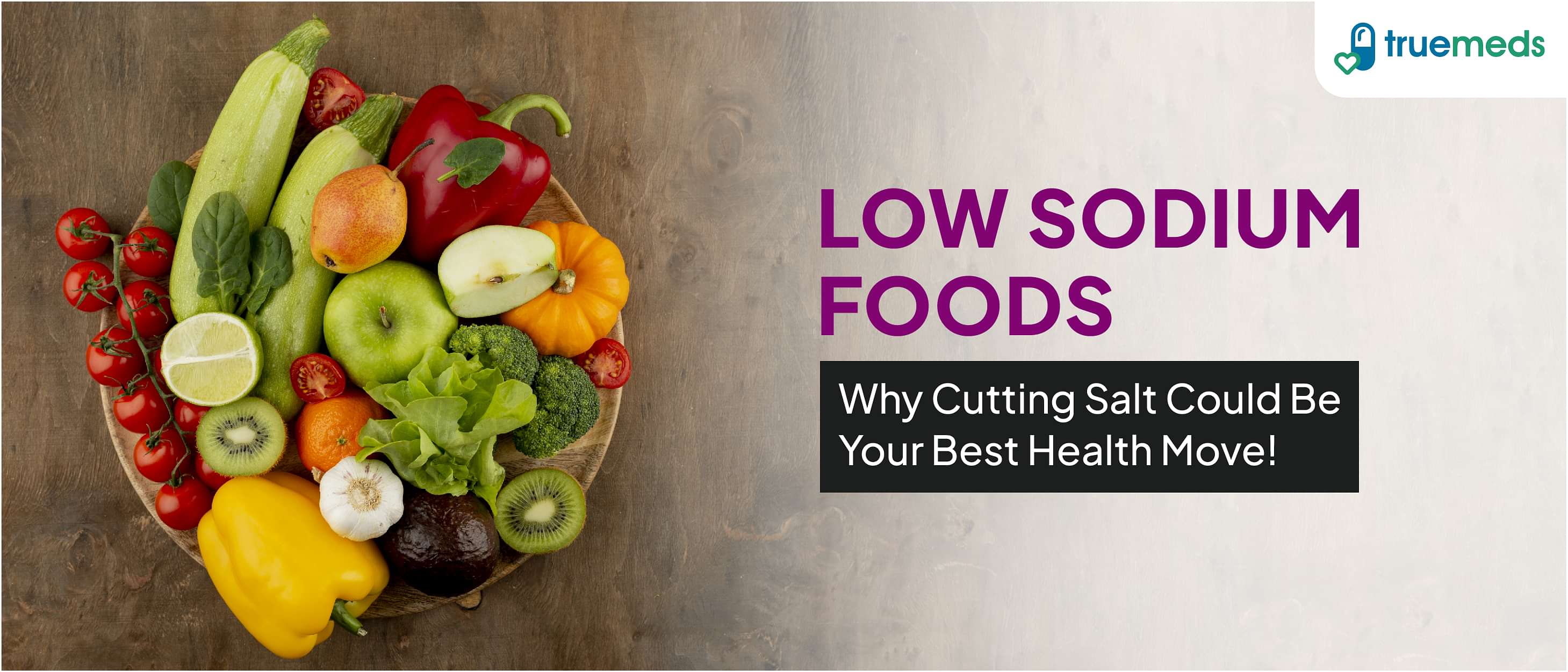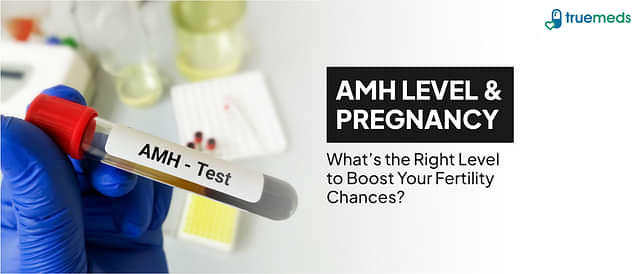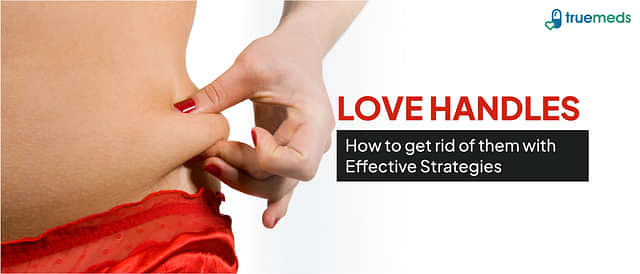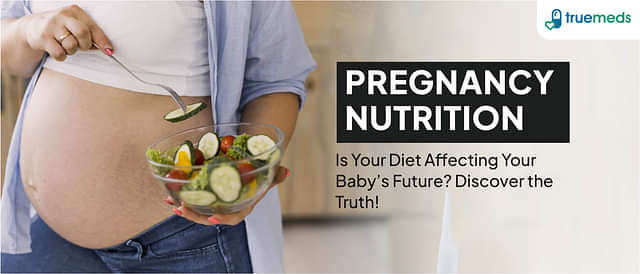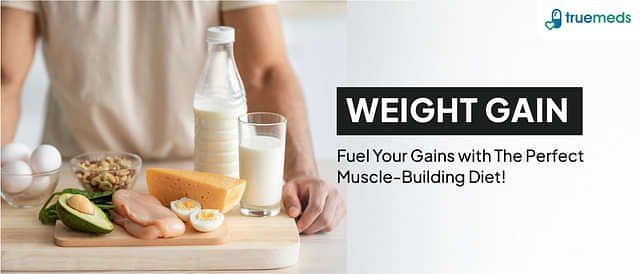Low-Sodium Foods to Eat and Their Benefits
Last updated on : 01 Dec, 2025
Read time : 10 min
What to Know About Sodium?
Our bodies require some sodium to function properly. However, consuming too much of it can significantly increase the risk of heart and vascular problems [1]. That’s why adhering to a low-sodium diet is often recommended for managing specific health conditions [2]. Sodium is a vital mineral that plays a role in a variety of body functions, including cellular function, fluid regulation, electrolyte balance, and blood pressure regulation [3].
Your kidneys use the concentration (osmolarity) of bodily fluids to manage the quantities of this mineral, which is essential for survival.
Most foods naturally contain some sodium, though unprocessed whole foods like fresh vegetables, fruits, and lean poultry have significantly lower levels. Plant-based foods, such as fresh produce, typically have lower salt levels than many animal-based or prepared meals.
Highly processed and packaged foods, such as chips, frozen dinners, and fast food, are often high in sodium because salt is added during processing to enhance flavour and act as a preservative. Adding salt to food while preparing meals in the kitchen and as a seasoning before eating is another major source of sodium. A low-sodium diet typically restricts the consumption of salty foods and beverages.
Low-sodium diets are commonly recommended by healthcare professionals to manage illnesses, including high blood pressure (hypertension) and heart disease [2]. For most healthy adults, sodium intake is generally recommended to be limited to less than 2,300 mg per day [1]. As a reference, one teaspoon of table salt contains approximately 2,300 milligrams of sodium.
Benefits of a Low-Sodium Diet
1. Maintaining Electrolyte Balance
Sodium is one of the key components of the body’s electrolytes. A balanced intake of sodium and other electrolytes is crucial for maintaining your body’s pH equilibrium, fluid balance, and the normal functioning of your muscles and nerves [3]. A consistently high sodium intake can disrupt this delicate balance.
2. Supporting Heart and Energy Levels
Excess sodium intake can lead to fluid retention, which increases blood volume and, consequently, blood pressure, overworking the heart and circulatory system [2]. Over time, this high blood pressure can lead to the hardening of arteries, reducing blood flow and potentially causing fatigue. Adopting a low-sodium diet can help manage blood pressure, reduce the strain on your heart, and may contribute to feeling more energetic [2].
3. Reducing Risk of Stroke
Managing high blood pressure through a low-sodium diet is a key strategy for reducing the risk of stroke, as uncontrolled hypertension is a major risk factor [2], [4]. While a certain amount of sodium is essential (around 1500 mg for most adults), the typical Indian diet often exceeds the recommended limit, increasing the risk for hypertension-related events like stroke [2]. It is important to monitor all sources of sodium, including naturally occurring sodium in foods like eggs, seafood, and leafy greens, and not just the salt added at the table.
4. Managing Blood Pressure
As stated, the link between high sodium intake and elevated blood pressure is well-established [2]. The increase in blood volume caused by excess sodium leads to the circulatory system being overworked, resulting in high blood pressure. To keep blood pressure in a healthy range, incorporating foods naturally low in sodium is a highly effective dietary strategy [2].
5. Supporting Kidney and Liver Health
The kidneys play a key role in regulating salt and fluid levels in the body. If the kidneys are impaired, or if sodium intake is excessive, excess salt and fluid can build up in the body [5]. This accumulation of fluid can lead to high blood pressure and swelling (edema), often seen in the ankles. For individuals with chronic kidney disease, a low-sodium diet is vital to ease the burden on the kidneys and help manage fluid retention [5].
Similarly, for those with liver disease, such as cirrhosis, a low-sodium diet is often required to prevent or manage the buildup of fluid in the abdomen, known as ascites [6].
6. Improving Overall Diet Quality
It’s no secret that many of the unhealthiest foods we consume are loaded with sodium. Convenience foods like fast food, pre-packaged meals, and frozen dinners are not only high in salt but are also often high in unhealthy saturated and trans fats and excessive calories. Regular consumption of these foods is associated with increased risks of obesity, diabetes, and heart disease [1]. Choosing a low-sodium diet naturally encourages the consumption of fresh, whole foods, which significantly enhances overall diet quality.
7. Promoting Bone Health
A high intake of sodium can increase the amount of calcium excreted through urine [7]. Over time, this increased calcium loss can negatively affect bone health and may potentially increase the risk of osteoporosis, especially if dietary calcium intake is insufficient. Therefore, choosing a low-sodium diet can help the body retain calcium, supporting stronger bones [7].
8. Reducing Potential Risk of Stomach Cancer
Some research suggests that a high-salt diet may damage the stomach lining, making it more vulnerable to infection by Helicobacter pylori (H. pylori) bacteria [8]. This bacterium is a known significant risk factor for stomach cancer. While more research is needed, limiting salt intake may offer a protective benefit by maintaining a healthier stomach environment [8].
Low-Sodium Foods to Incorporate
The best way to reduce sodium is to focus on fresh, unprocessed, and minimally packaged foods.
Fresh Fruits and Vegetables
Shop for a wide variety of fresh fruits (apples, oranges, bananas) and vegetables (spinach, carrots, broccoli).
- Choose frozen vegetables without added butter or sauce.
- Select preserved vegetables, vegetable juice, or canned/dried fruits that are labeled “low sodium” or “no salt added.”
- Tip: You can significantly reduce the sodium content of regular canned beans and vegetables by rinsing them thoroughly under cold, running water before use.
Whole Grains and Cereals
Look for items with a lower sodium content by comparing the nutritional information on the label.
- Focus on whole grains like rice, quinoa, and barley.
- Whole-wheat pasta and couscous.
- Unsweetened, whole-grain breakfast cereals such as oatmeal or shredded wheat.
- Choose unsalted pretzels or unsalted popcorn for snacks.
- Select whole-grain breads, bagels, English muffins, tortillas, and crackers labeled as low-sodium.
- Tip: Don’t add salt when cooking brown rice or whole-grain pasta.
Protein Foods
Consume fresh or frozen meats as they are typically low-sodium, instead of pre-packaged, marinated, or cured choices.
- Fresh or frozen fish and shellfish.
- Non-marinated chicken and turkey breasts.
- Boneless, lean beef and pork chops.
- Unsalted nuts and seeds.
- Tofu and dried legumes and peas, such as kidney beans, black-eyed peas, garbanzo beans, and lentils.
- Eggs.
Dressings, Oils, and Condiments:
- Use ingredients that are low in salt or have none at all when cooking.
- Vegetable oils (canola, olive, sunflower, etc.).
- Low-sodium salad dressing, or simple oil and vinegar.
- Low-sodium or “no salt added” ketchup, picante sauce, or salsa.
Seasonings
Flavour your cuisine with these options instead of salt.
- Herbs, spices, or seasoning blends that are explicitly unsalted.
- Chopped fresh vegetables, such as garlic, onions, and peppers.
- Juices of lemon and lime; ginger.
Potassium-Rich Foods
Potassium-rich foods like baked and sweet potatoes can help balance the effects of sodium in the body. Increasing potassium intake is generally recommended to help lower blood pressure in those with hypertension [9].
Dairy Products
Plain yoghurt is a good low-sodium choice. You can make it a delicious low-sodium dessert by adding fresh fruit instead of choosing pre-flavoured varieties with added sugars.
Conclusion
Maintaining sodium balance is vital for healthy body functions, especially the cardiovascular and renal systems. While sodium is necessary for fluid regulation, nerve function, and muscle activity, excessive consumption can lead to serious complications such as high blood pressure, heart failure, and kidney disease [2]. A diet low in sodium not only supports optimal blood pressure levels but also contributes to reducing the risk of stroke, supporting bone density, and potentially lowering the risk of stomach cancer [2], [7], [8]. Incorporating fresh produce, whole grains, lean proteins, and unsalted condiments can significantly minimise sodium intake. Mindful label reading and conscious meal choices can pave the way for a healthier, sodium-restricted lifestyle that supports long-term well-being.
Frequently Asked Questions (FAQs)
What is the recommended daily sodium intake?
For most healthy adults, the recommended limit is less than 2,300 mg per day [1]. Individuals with hypertension or other health conditions may need to aim for a lower amount, such as 1,500 mg, as advised by a healthcare professional [2].
Can a low-sodium diet help with high blood pressure?
Yes, a low-sodium diet is a well-established and effective strategy to help manage and lower high blood pressure (hypertension) [2].
Are all processed foods high in sodium?
Many are, as salt is used for flavour and preservation. However, checking nutrition labels can help identify lower-sodium options. Look for labels such as “low sodium” (140 mg or less per serving) or “no salt added.”
Is sea salt a healthier alternative to table salt?
No, both types contain similar amounts of sodium by weight and should be limited equally. Though sea salt contains some trace minerals, the sodium content is practically the same as table salt [1].
What symptoms might indicate high sodium intake?
Symptoms of consistently high sodium intake can be subtle but may include increased thirst, swelling (edema), frequent headaches, or difficulty managing high blood pressure [5]. These symptoms warrant a consultation with a doctor.
References
[1] U.S. Food and Drug Administration. (2021). Sodium in your diet. [Used for general sodium information, daily limit, and sea salt comparison]. https://www.fda.gov/food/nutrition-education-resources-materials/sodium-your-diet
[2] Grillo, A., Salvi, L., Coruzzi, P., Salvi, P., & Parati, G. (2019). Sodium intake and hypertension. Nutrients, 11(9), 1970. [Used to support claims on high blood pressure, heart health, stroke risk, and recommended limits for hypertension]. https://doi.org/10.3390/nu11091970
[3] World Health Organisation. (2020). Sodium intake for adults and children. [Used for general role of sodium, including fluid and electrolyte balance]. https://www.who.int/publications/i/item/9789241504836
[4] Johnson, C. M., & Johnson, B. E. (2018). Sodium and stroke: A comprehensive review of the evidence. Journal of Clinical Hypertension, 20(2), 481–489. [Used to support the link between sodium management and stroke risk reduction]. https://www.ncbi.nlm.nih.gov/pmc/articles/PMC8030999/
[5] National Kidney Foundation. (n.d.). Sodium and your CKD diet. [Used for claims related to kidney health, fluid retention, and edema]. https://www.kidney.org/atoz/content/sodium-and-your-ckd-diet
[6] Gluud, L. L., Christensen, E., & Haller, J. O. (2010). Withdrawal of sodium restriction in patients with cirrhosis and ascites. Cochrane Database of Systematic Reviews, 2010(5). [Used to support claims related to liver disease, cirrhosis, and ascites management]. https://doi.org/10.1002/14651858.CD008182.pub2
[7] Heaney, R. P. (2006). Role of dietary sodium in osteoporosis. The Journal of the American College of Nutrition, 25(5), 456S-459S. [Used to support claims regarding sodium, calcium excretion, and bone health]. https://pubmed.ncbi.nlm.nih.gov/17018659/
[8] D’Elia, L., Rossi, G., Ippolito, R., & Strazzullo, P. (2012). Habitual salt intake and risk of gastric cancer: A meta-analysis of prospective studies. Clinical Nutrition, 31(6), 839-848. [Used to support claims regarding high salt intake, H. pylori, and stomach cancer risk]. https://pubmed.ncbi.nlm.nih.gov/22608461/
[9] Aburto, N. J., Hanson, S., Gutierrez, H., Hooper, L., Elliott, P., & Cappuccio, F. P. (2013). Effect of increased potassium intake on cardiovascular risk factors and disease: Systematic review and meta-analyses. BMJ, 346(f1378). [Used to support the role of potassium-rich foods in blood pressure management]. https://www.bmj.com/content/346/bmj.f1378
Disclaimer
Our healthcare experts have carefully reviewed and compiled the information presented here to ensure accuracy and trustworthiness. It is important to note that this information serves as a general overview of the topic and is for informational purposes only. It is not intended to diagnose, prevent, or cure any health problem. This page does not establish a doctor-patient relationship, nor does it replace the advice or consultation of a registered medical practitioner. We recommend seeking guidance from your registered medical practitioner for any questions or concerns regarding your medical condition.
Popular Articles
Recommended Articles
Recent Articles
Company
About UsHealth ArticleHealth StoriesHealth LibraryDiseases & Health ConditionsAyurvedaAll MedicinesAll BrandsNeed HelpFAQSecuritySubscribe
Registered Office Address
Grievance Officer
Download Truemeds
Contact Us
Our customer representative team is available 7 days a week from 9 am - 9 pm.
v4.8.2
2025 - Truemeds | All rights reserved. Our content is for informational purposes only. See additional information.
Our Payment Partners









